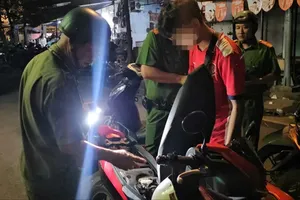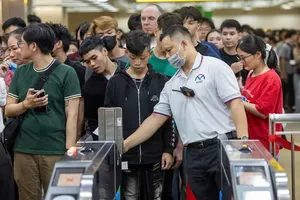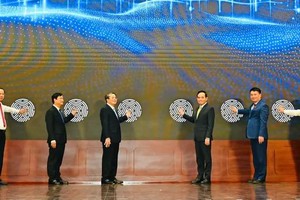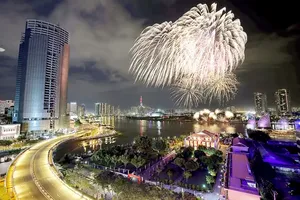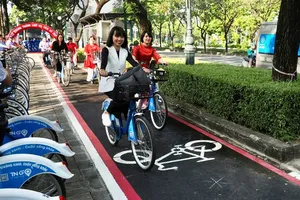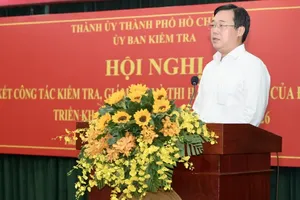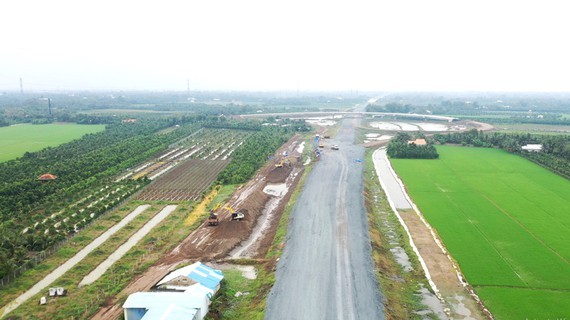
Massive projects but limited capital resource
For example, the Binh Trieu 2 bridge and National Highway No.13 expansion and upgrading project in Binh Thanh District and Thu Duc City for the second phase have been delayed for more than a decade due to a lack of investment capital.
Although the existing road surface was expanded to 18-22 meters in width and four lanes of all vehicles, the traffic congestion, flooding and environmental pollution often happen through the route being the vital road from Ho Chi Minh City to the Eastern, the Central Highlands and the Central provinces.
As planned, the second phase of the Binh Trieu 2 bridge project would have been implemented after the first phase was completed in 2004. However, more than two years later, Civil Engineering Construction Corporation No.5 (Cienco 5), the former investor of the project, get out the first phase of the Binh Trieu 2 bridge project.
In 2007, the Binh Trieu 2 bridge project for the second phase was transferred to the Ho Chi Minh City Infrastructure Investment Joint Stock Company (CII). The project is designed to upgrade to ten lanes of vehicles with a total investment capital of VND1,941 billion (nearly US$85 million). By 2011, its investment capital was adjusted to reach VND4,723 billion (US$206 million).
Amid the difficulties in raising capital for the project implementation, in 2013, the CII proposed to narrow the width of the National Highway No.13 from 53 meters to 42 meters with an investment of VND3,182 billion (US$139 million). However, the lack of budget for compensation and site clearance has triggered the retarded project up to now.
According to the HCMC Department of Transport, Ho Chi Minh City has only completed two out of five of the expressways, including Ho Chi Minh City - Trung Luong and Ho Chi Minh City - Long Thanh - Dau Giay. Among them, the Ben Luc - Long Thanh expressway is under construction and expected to be completed in 2023.
As for the Ring Road No.2 project, it has been invested with 54.6 out of 64.1 kilometers, meanwhile the Ring Road No.3, No.4 have not yet been invested according to plan; the National Highway No.1, 1K, No.50, No.22 and No.13 have not been upgraded or expanded yet according to plan.
Under the transport infrastructure investment and development plan for the 2021-2030 period, Ho Chi Minh City needs an investment capital of VND970,654 billion (US$42.4 billion) to implement key projects. As for the prioritized projects of Ring Road 2, 3, 4, Ho Chi Minh City - Moc Bai expressway, Ho Chi Minh City - Chon Thanh expressway and Nguyen Khoai bridge, the city needs more than VND72,000 billion (US$3.1 billion) from the budget capital for these projects.
Exploitation of land fund and investment invitation
Apart from the issue of capital resource, the exploitation of land fund along the projects and investment invitation are considered as two key methods to speed up implementation of traffic infrastructure projects.
Director of the Municipal Department of Planning and Investment Le Thi Huynh Mai said that HCMC has concentrated on solutions to seek investment resources, notably, to review projects that can be socialized to proactively call for investment, mobilize social resources, reduce pressure on the city budget according to the orientation of public investment reform.
Assoc. Prof. Dr.Tran Dinh Thien, former head of the Vietnam Economics Institute said that HCMC needs to refer to Quang Ninh Province and Hai Phong City's successes in building transport infrastructure recently. Additionally, the city needs to proactively propose mechanism for private investors to actively participate into these projects.



